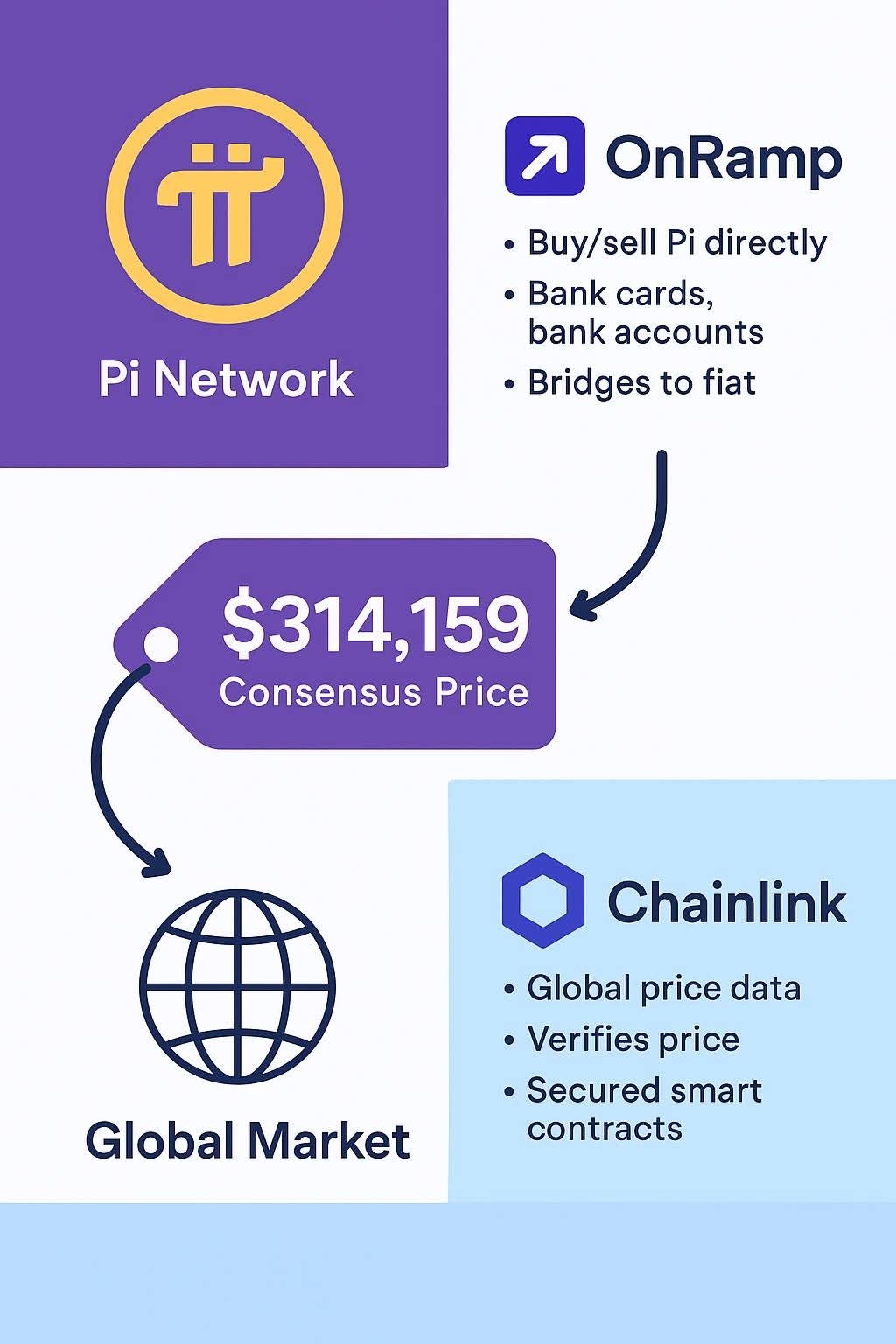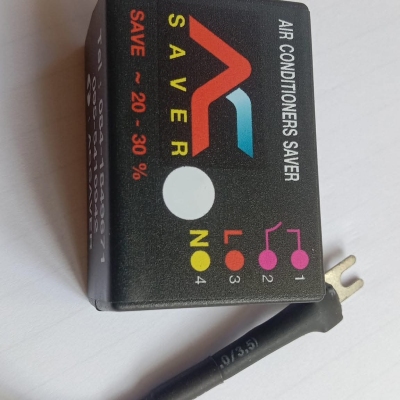🔑 Core Points
1. OnRamp = Monetary Bridge
Provides buy/sell gateways for Pi using bank cards and bank accounts.
Connects Pi to the global financial system without speculative exchanges.
Every transaction via OnRamp becomes a real-world stress test for Consensus Price.
2. Chainlink = Data Bridge
Brings reliable global price data into Pi smart contracts.
Turns the Consensus Price from an “internal agreement” into a technically verifiable mechanism.
Prevents manipulation or gaps between Pi’s internal economy (P2P) and external fiat markets.
3. Pi Network = Ecosystem
Community and verified businesses (KY generate real demand and supply.
When a merchant sells a car or property in Pi at $314,159, cashes out via OnRamp, and the price is verified by Chainlink, it equals progressive global adoption.
🌍 Strategic Implications
1. Social Value → Economic Value
At first: 314,159 is a “community-agreed” number.
With OnRamp + Chainlink: it becomes a globally redeemable value
2. Internal Adoption → External Recognition
Local merchants accept Pi.
Banks receive funds via OnRamp.
Global markets see transparent price data via Chainlink.
Outcome: institutional trust builds.
3. Symbolic Price → Global Benchmark
If 314,159 holds up under demand pressure, it could act like a peg (similar to stablecoins).
Difference: Pi isn’t speculation-driven; it’s utility-driven.
🌀 The Challenge Ahead
As external demand rises (from investors or exchanges), can the 314,159 consensus price hold?
Or will Pi need a flexible stabilization mechanism (like a price band or staking-based stability)?
Chainlink helps secure price feeds, but ultimately global supply and demand will decide.
✅ Final Takeaway
OnRamp = Converts value into cash
Chainlink = Secures value with data
Pi Network = Generates value through usage














